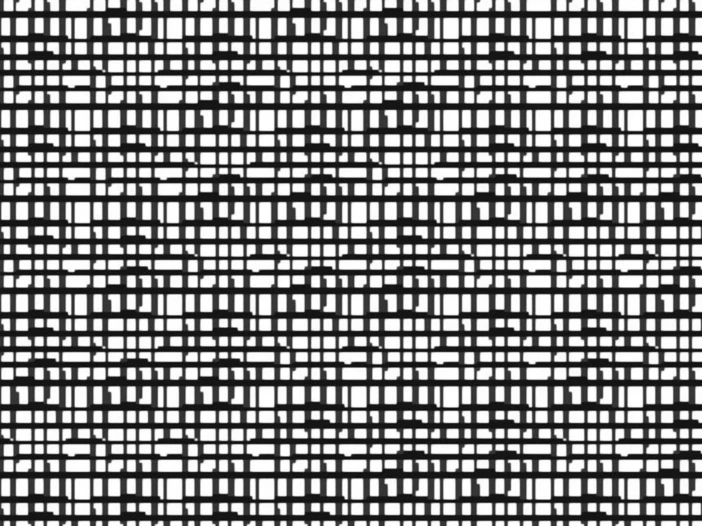
SSA Grid Rules are used by the Social Security Administration (SSA) to determine if individuals qualify for disability benefits under the federal SSDI or SSI programs. While applying for disability benefits can feel overwhelming, especially when you hear terms like “SSA Grid Rules,” don’t worry—you’re not alone. Many people feel confused about what these rules mean and how they affect their disability claim. This guide will break it all down in simple terms so you can understand and take the next steps confidently. At our firm, we’ve helped many clients navigate this process successfully, and we’re here to help you too.
What Are SSA Grid Rules?
The SSA Grid Rules are guidelines the Social Security Administration (SSA) uses to decide if someone qualifies for disability benefits. These rules consider several factors, including:
- Your age
- Your education level
- Your work history
- Your ability to perform different types of work
The grid rules are especially important for people with conditions that don’t meet the SSA’s official “Blue Book” listings for disability. Instead of focusing solely on your medical condition, SSA’s grid rules take a broader look at how your situation affects your ability to work and whether your meet SSA’s definition of disability for the SSDI and SSI programs. These rules are used by examiners and Administrative Law Judges to determine whether you qualify for disability benefits, and if so, when you became disabled which will dictate the amount of any backpay you may receive.
How Do the SSA Grid Rules Work?
The grid rules act like a chart, or “grid,” that the SSA uses to make decisions. Each factor we listed above is a separate category in the grid rules. We’ll define and discuss each category step by step below:
- Age Categories: The first SSA grid rule pertains to an individual claimant’s age when they allege (via their disability claim) that their disability began. Claimants can fall into one of three buckets:
- Younger than 50: Considered more likely to adjust to new types of work.
- Ages 50-54: Considered “approaching advanced age” and may face more challenges adapting to new work.
- 55 and older: Considered less likely to adapt to new work.
- Education Levels: The second SSA grid rule relates to an individual’s level of educational attainment. Claimants fall into one of the two categories listed below:
- Limited or no education: May find it harder to retrain for other jobs.
- High school diploma or higher: May be expected to adapt more easily.
- Work History: The third grid in consideration covers skilled versus unskilled work. To determine if a claimant’s work history is skilled or not skilled, SSA looks at how their past work is labeled by the Specific Vocational Profile(SVP) they develop for each job. That SVP is roughly based on how long it would take someone to develop the skill to do your job capably. Based on the SVP ratings for your job, a claimant’s work history falls into two categories: skilled or unskilled work.
- Skilled work: Jobs that require specific training or expertise.
- Unskilled work: Jobs that don’t require special skills or training.
- Residual Functional Capacity (RFC): And finally, the last category on the grid relates to a claimant’s residual functional capacity. We have a full blog post on this topic here.
- RFC measures what physical and mental activities you can still do despite your condition. For example, can you lift heavy objects or sit for long periods?
When reviewing your disability claim, SSA considers all the above factors to determine the strength of your claim for SSDI or SSI benefits. The more the grid rules favor your situation, the stronger your claim.
Who Benefits Most from SSA Grid Rules?
The grid rules are most helpful for older adults and people with limited education or work experience. For example:
- A 58-year-old with limited education and a history of physically demanding jobs may qualify for benefits over a younger person without a history of physically demanding jobs who can easily adapt to new work.
- A young person with work history who shows a reliable pattern of skilled and unskilled work will need a strong and consistent record of serious medical concerns that kept them out of work to have a reasonably strong claim.
When our disability attorneys evaluate your claim during a free initial consultation, they will ask you a number of questions relating to the SSA Grid Rules that may help determine how strong or weak your claim is for SSDI or SSI disability benefits. One benefit of working with our disability lawyers is that if you don’t have a strong claim, or access to enough medical evidence to prove your disability, we can provide you with our best recommendations for next steps. That means you won’t waste your time applying with a weak claim that will be denied.
Information You Need for a Strong Disability Claim
To use the SSA grid rules in your favor, you’ll need strong evidence. Here’s what to gather:
- Medical Records: Include doctor’s notes, test results, and treatment history.
- Work History: Create a detailed list of your past jobs, including duties and physical demands.
- RFC Assessment: Ask your doctor to complete an RFC form describing your limitations.
- Education Records: Provide proof of your education level.
If working with an attorney, ask them how to best proceed as they and their team will gather evidence and organize the necessary documents on your behalf.
Common Questions About SSA Grid Rules
To summarize the points made in this post for those who don’t want to read it in depth, we’re covering common questions below.
1. What Are SSA Grid Rules?
The SSA Grid Rules help the Social Security Administration determine if someone is eligible for disability benefits. The rules include guidelines about your age, work history, education level and the kind of work you may be able to perform despite your medical impairments.
2. How Does My Age Affect My Disability Claim?
Older claimants have an advantage over younger claimants with the most notable advantage kicking in when a claimant is 50 years old or older. In general, SSA assumes that if you are older than 50, you may find it difficult to adjust to new jobs.
3. Why Is My Education Level Important in the SSA Grid Rules?
Claimants who did not achieve at least a high school education or higher are considered less adaptable in the job market. This needs to be factored in as a claimant with a lower education level may find it difficult to find or keep a new job if disabled than a claimant with a high school education, college, or advanced degree.
4. How Does My Work Experience Affect My Disability Claim?
Generally speaking, the SSA looks at what kind of work you’ve done before to determine what kind of work you may be able to do in the future. The kind of work you’ve done before matters. If your past jobs required physical tasks that you can no longer do, and you don’t have skills for less physical work, the SSA might consider you for disability benefits.
5. What Is Residual Functional Capacity (RFC) and Why Is It Important?
When applying for disability benefits, SSA performs a Residual Functional Capacity (RFC) assessment. This assessment is a way to determine if or how much work you can still do despite your disability. It’s also used to determine how you might adjust to new work.
How Collins Price Can Help
Navigating the SSA Grid Rules can be tricky, but you don’t have to do it alone. Our experienced, local disability lawyers understand these rules inside and out. We can:
- Review your case to see if the grid rules apply.
- Help you gather the right evidence.
- Represent you during hearings and appeals.
We’ve helped many clients successfully apply for disability benefits, even when their initial claims were denied.
Next Steps
If you’re struggling to understand the SSA Grid Rules or need help with your SSDI or SSI disability claim, contact us today to request a free initial consultation. There is no fee for our services unless we win, and no obligation to hire us following the consultation. Our office is local, based in North Carolina, and has a team that has been working exclusively on disability for decades. Contact us today to discuss your claim.



